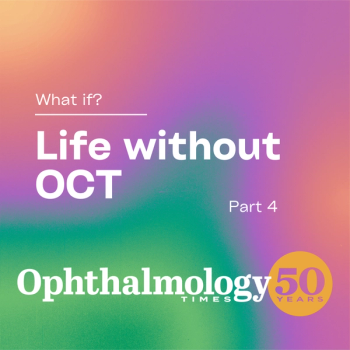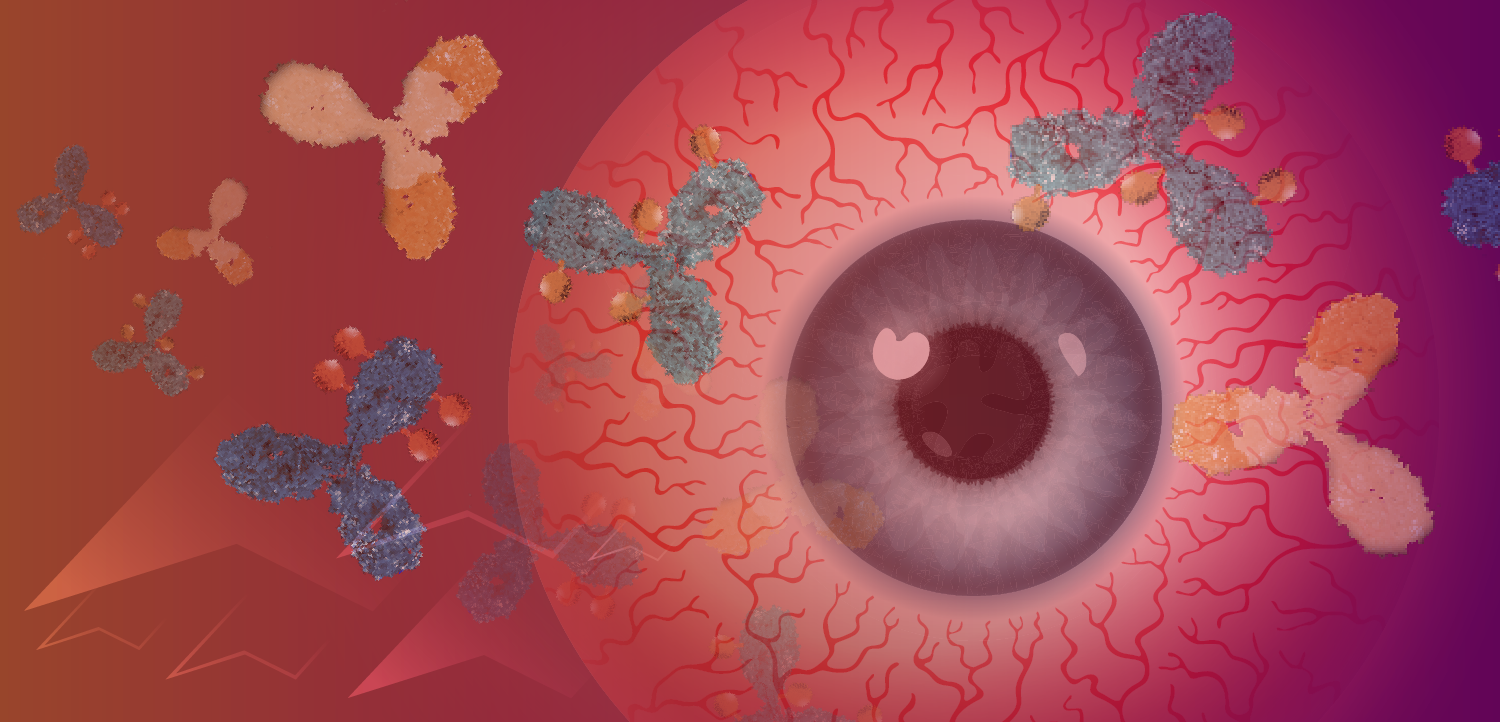
IOP more dynamic than previously thought
The typical eye undergoes 12,000 intraocular pressure (IOP) spikes per hour while awake, and about 3,000 spikes per hour when sleeping, according to J. Crawford Downs.
Orlando-The typical eye undergoes 12,000 IOP spikes per hour while awake, and about 3,000 spikes per hour when sleeping, according to J. Crawford Downs, PhD.
Some of those spikes were only 1 to 2 mm Hg, but others were as much as 5 mm Hg, said Dr. Downs, University of Alabama, Birmingham.
Using a continuous, bilateral IOP telemetry system, the group wirelessly recorded 500 measurements of IOP per second for up to 2.5 years in rhesus monkeys. The group evaluated continuous bilateral IOP, bilateral electro-oculogram, and aortic blood pressure for twelve 24-hour periods in a 14-day span in three young adult male rhesus macaques (NHP) aged 3 to 6 years old. The IOP transducers were calibrated directly via anterior chamber manometry, and IOP data were corrected for signal drift.
“Larger spikes were mostly due to blinks, saccades, and ocular pulse amplitude,” Dr. Downs said. “We found IOP in real time is extraordinarily dynamic.”
IOP spike energy varied widely between the monkeys, but was significantly higher during waking hours in all three. Overall, IOP spikes accounted for 11% of the total IOP energy that the eye must absorb during waking hours.
“Once awake, 10% to 14% of the energy expended in the eye is due to these pressure spikes alone,” he said. The dynamic nature of these spikes represented a different biomechanical insult than longer-term IOP fluctuations, Dr. Downs added.
Further, IOP doesn't follow the same numbers day-to-day, “so it would be ideal to have telemetry that measures beyond a 24-hour period,” he concluded.
For more articles in this issue of Ophthalmology Times’ Conference Brief,
Newsletter
Don’t miss out—get Ophthalmology Times updates on the latest clinical advancements and expert interviews, straight to your inbox.



















































.png)


